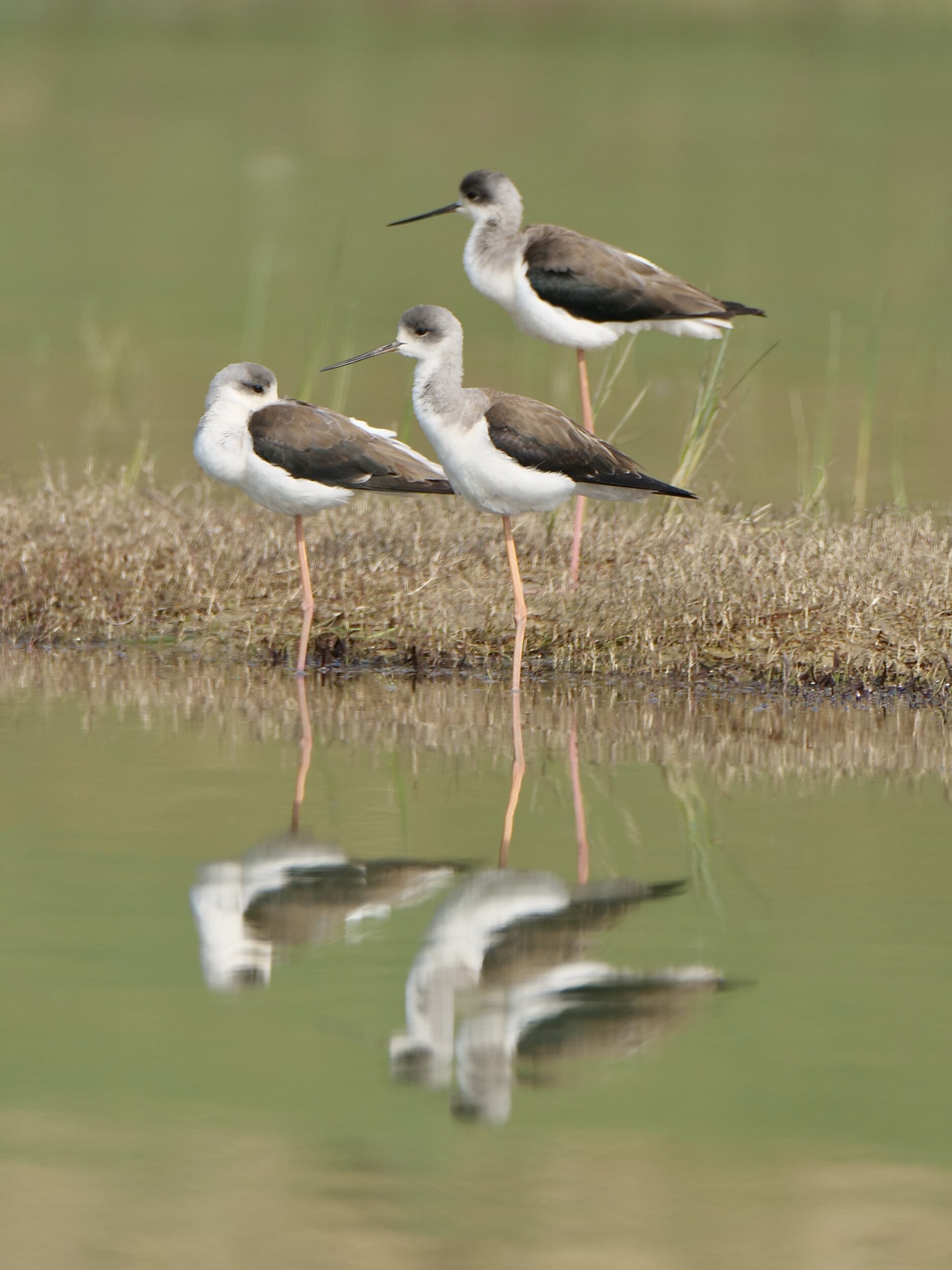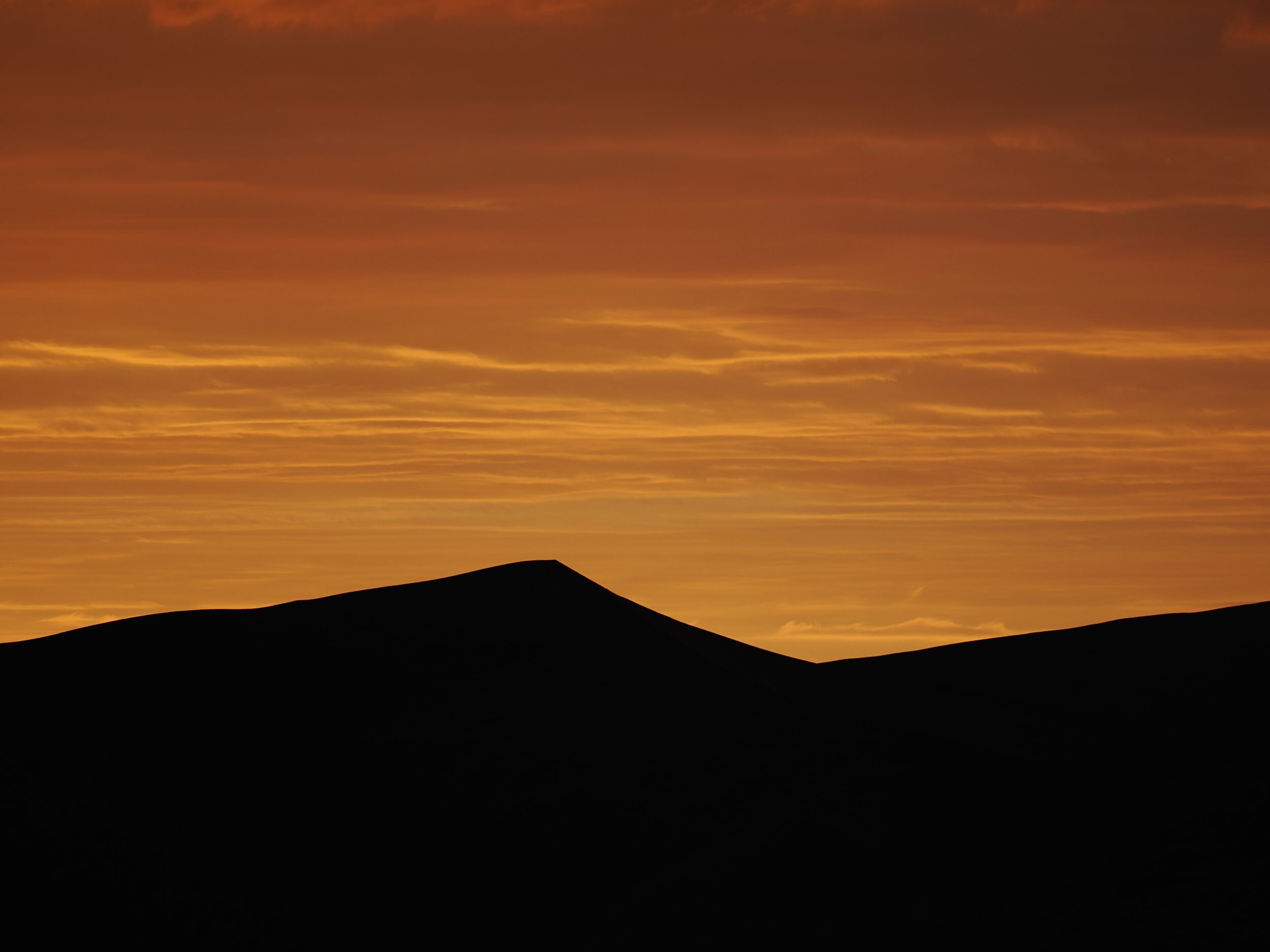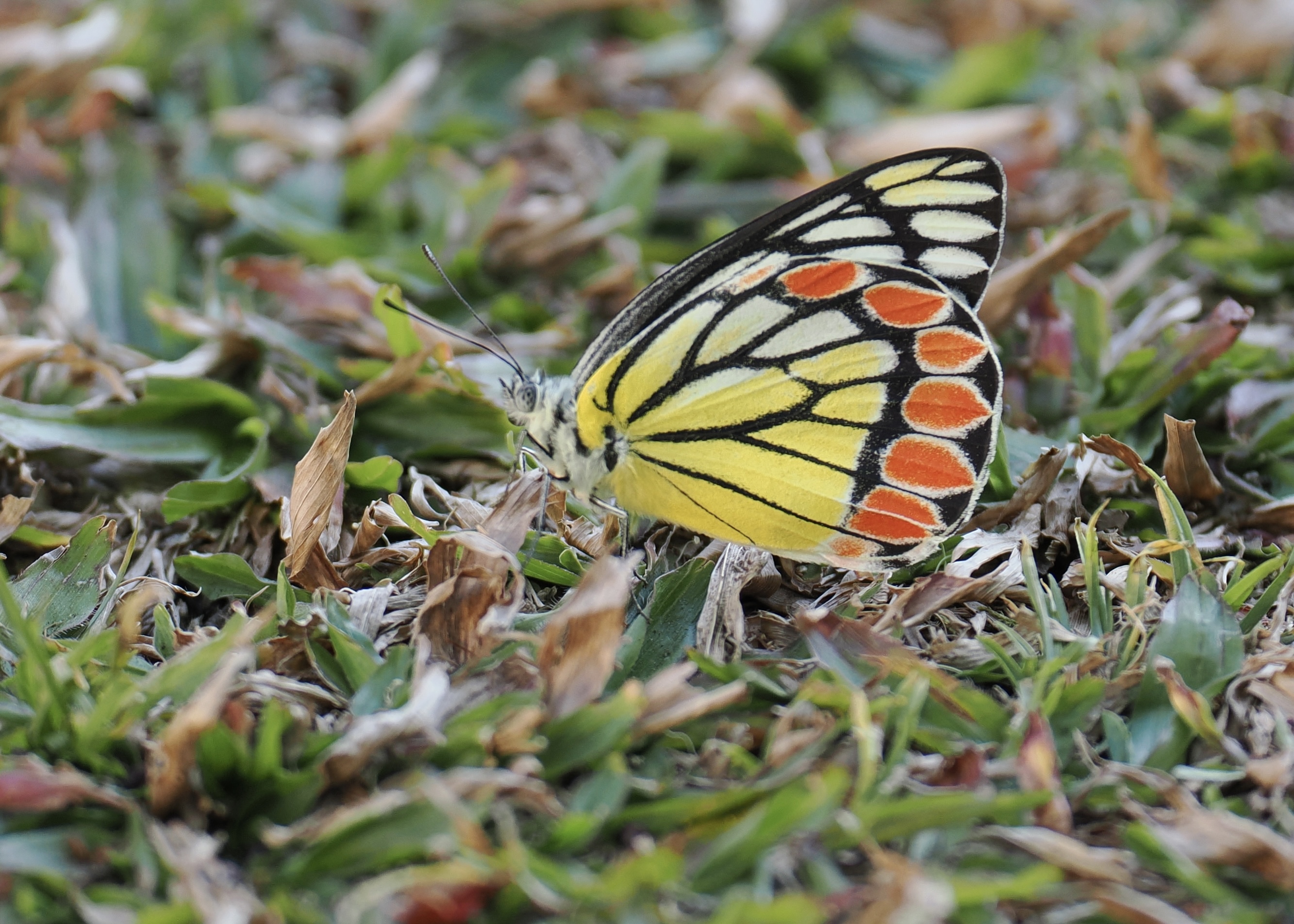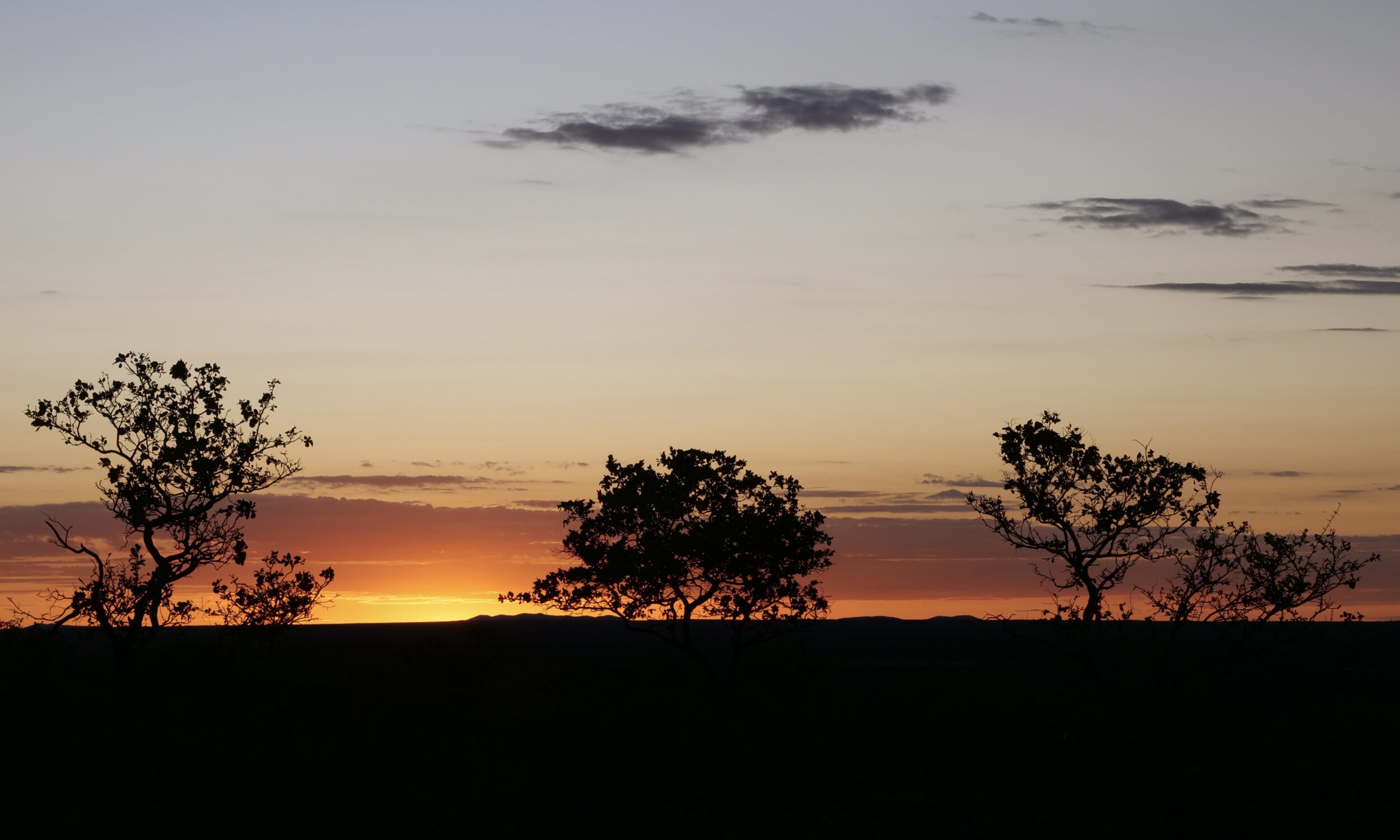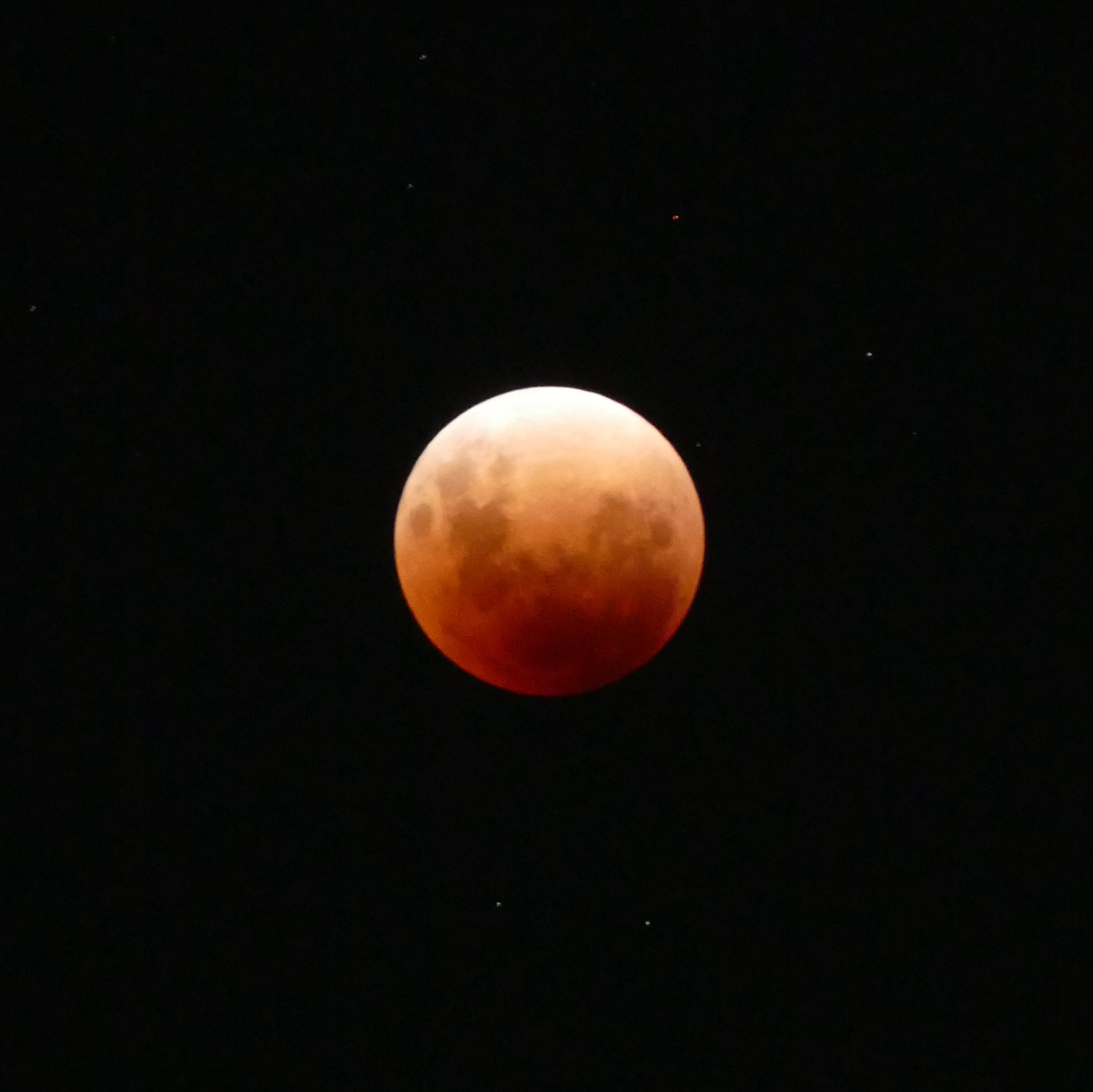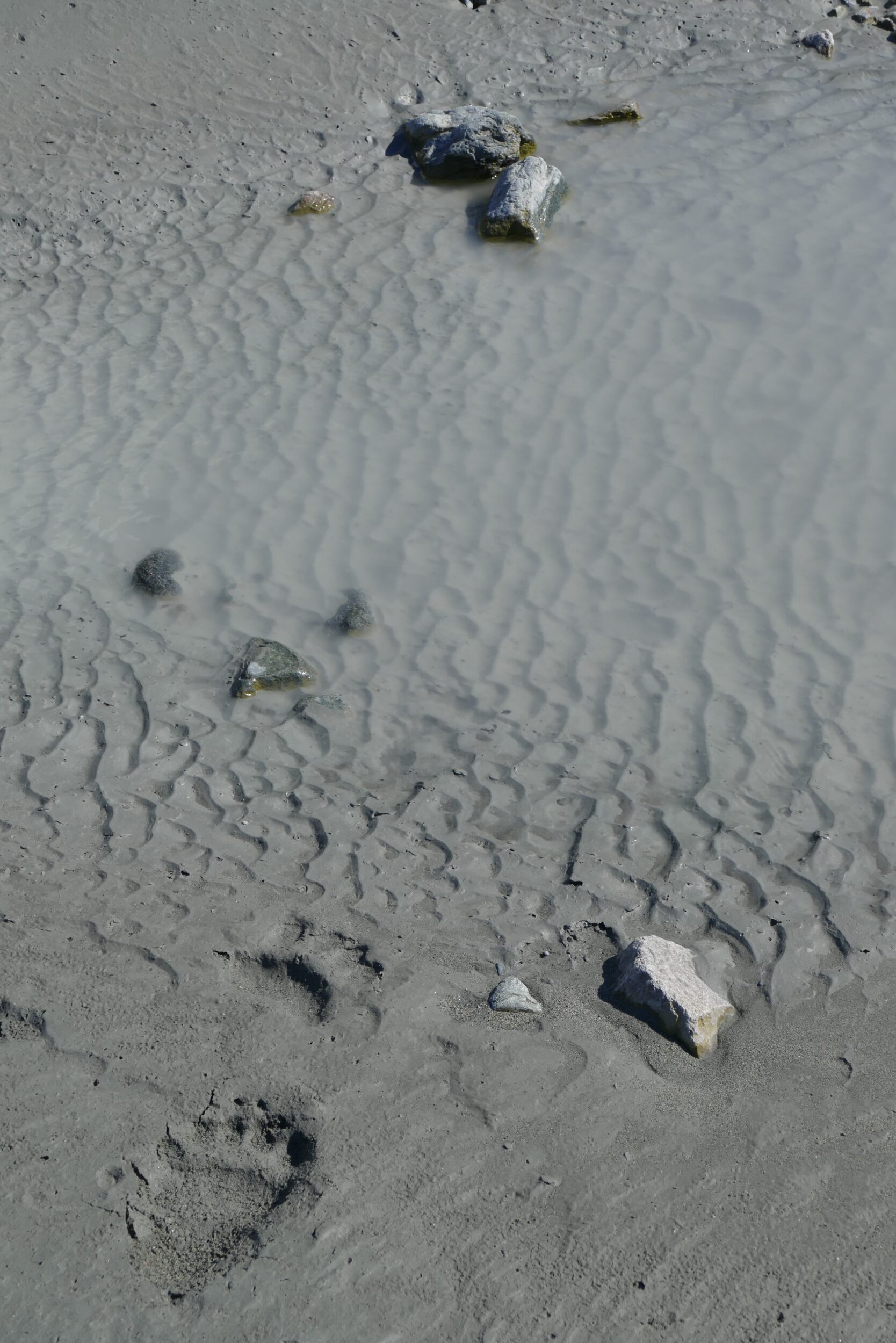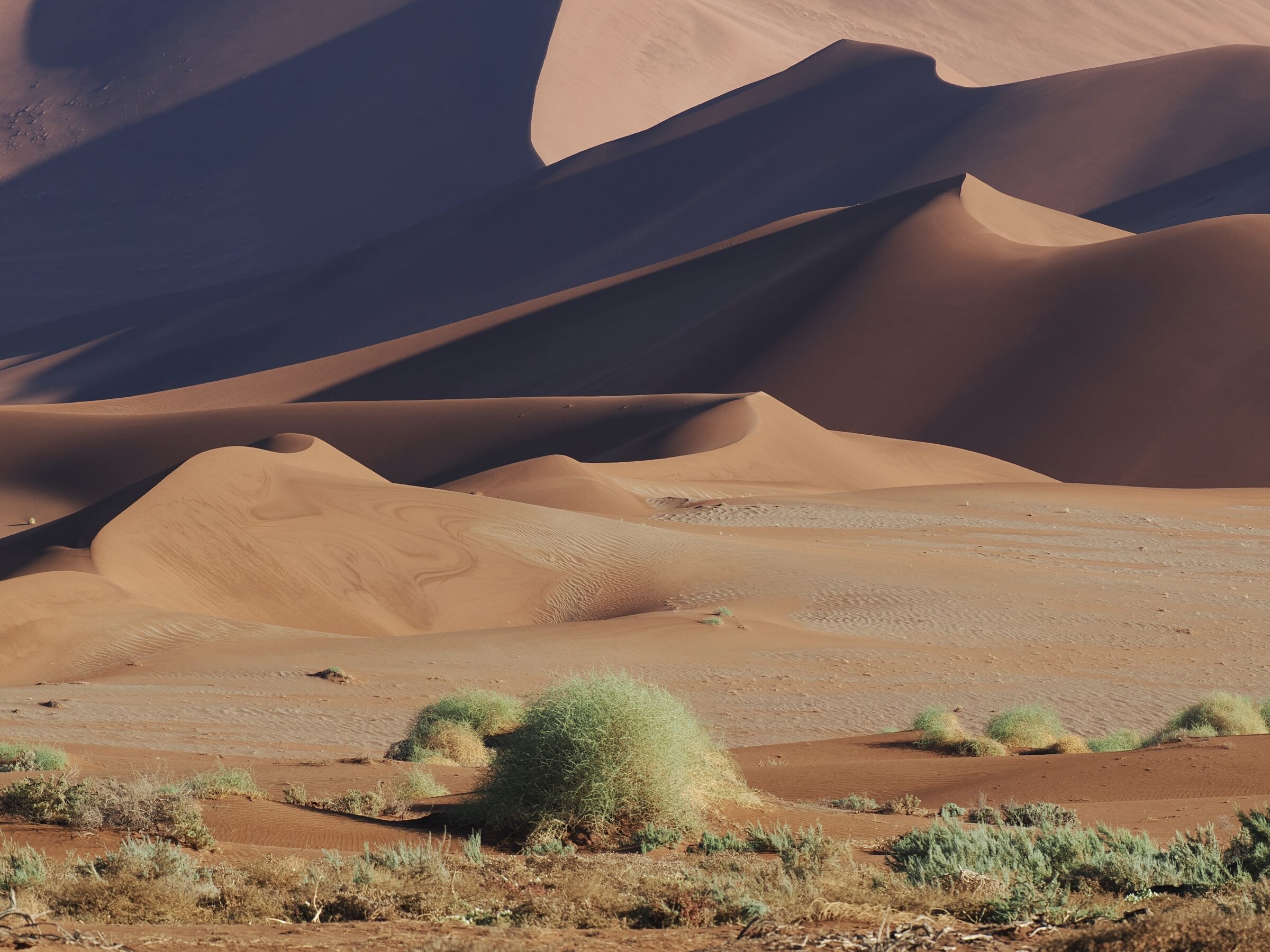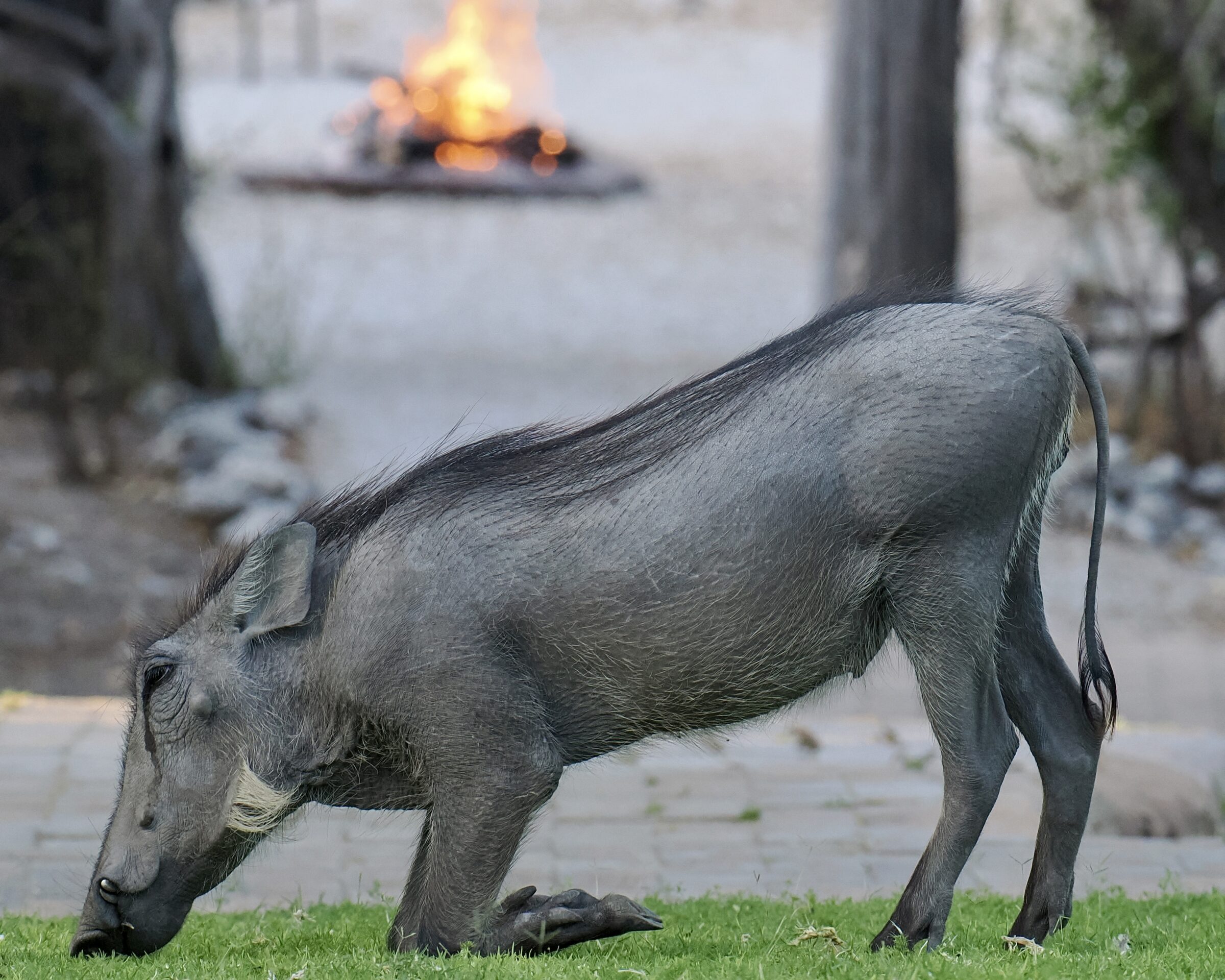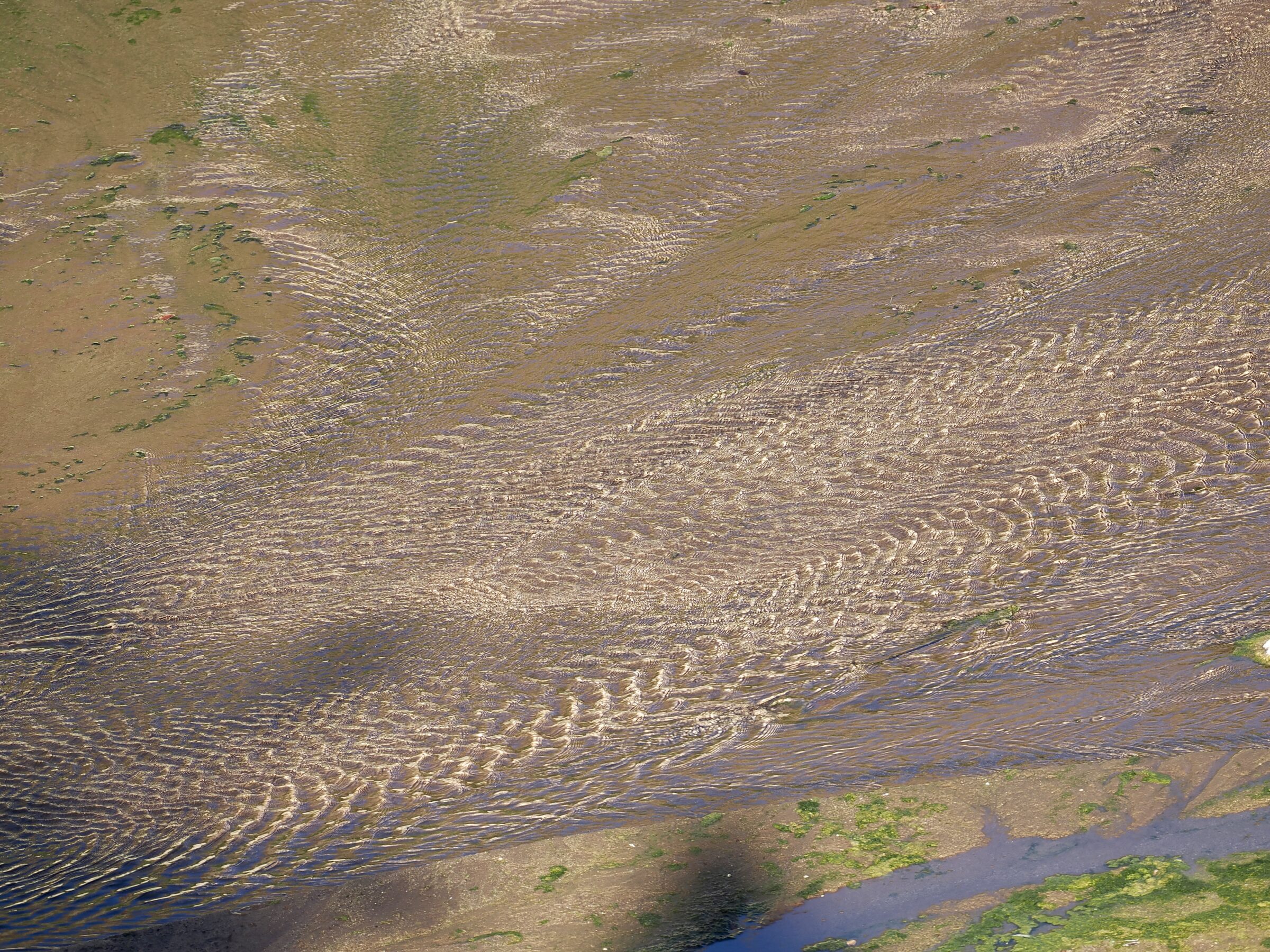Imagine (no, not that song) this:
The Tardis delivers a very surprised J.S Bach into the present day, with no briefing.
He finds himself seated at an interesting “new” keyboard – a grand piano.
Atop it is a device, pre-loaded with a diverse selection of music/s from the second half of the 20th century.
He is given absolutely no “background information”.
The printed instruction to him says, “press button to listen to these pieces, then improvise upon whichever one most pleases you”
JSB is intrigued by I Am The Walrus.
Q: what would he do with/to it?
A: perhaps, something like what you are about to hear….
